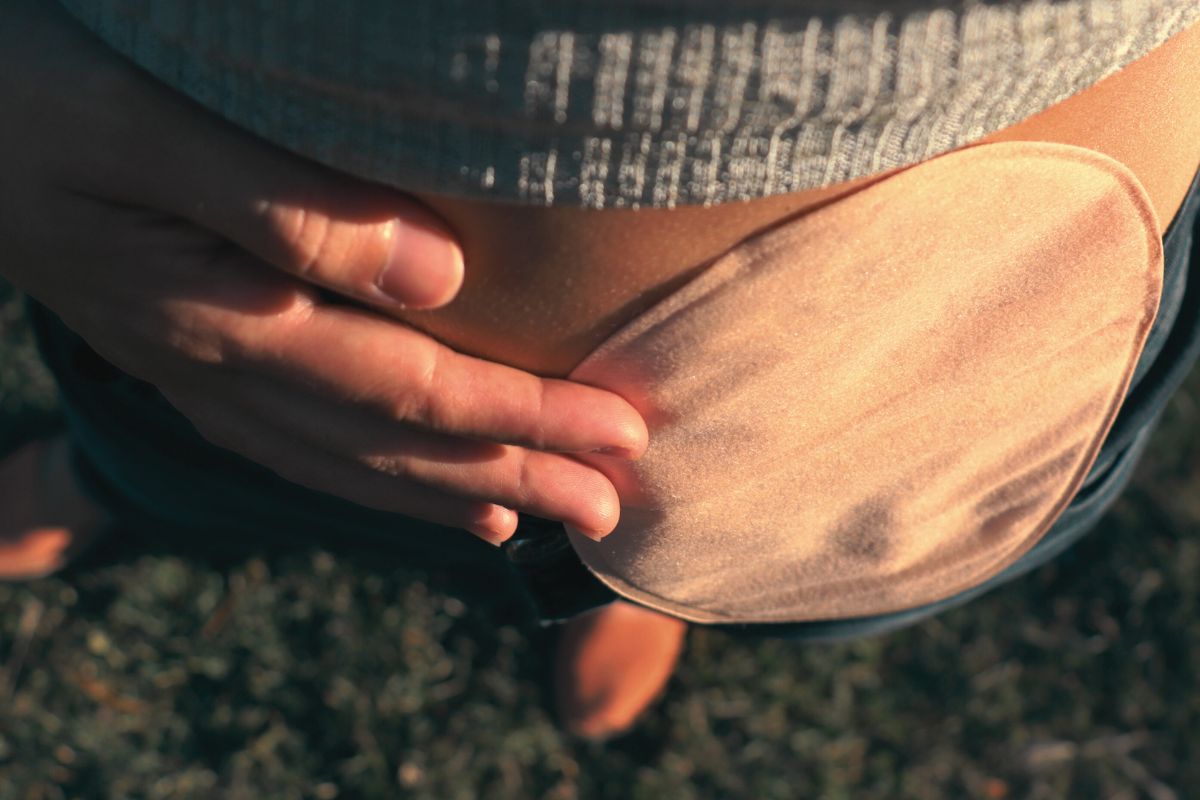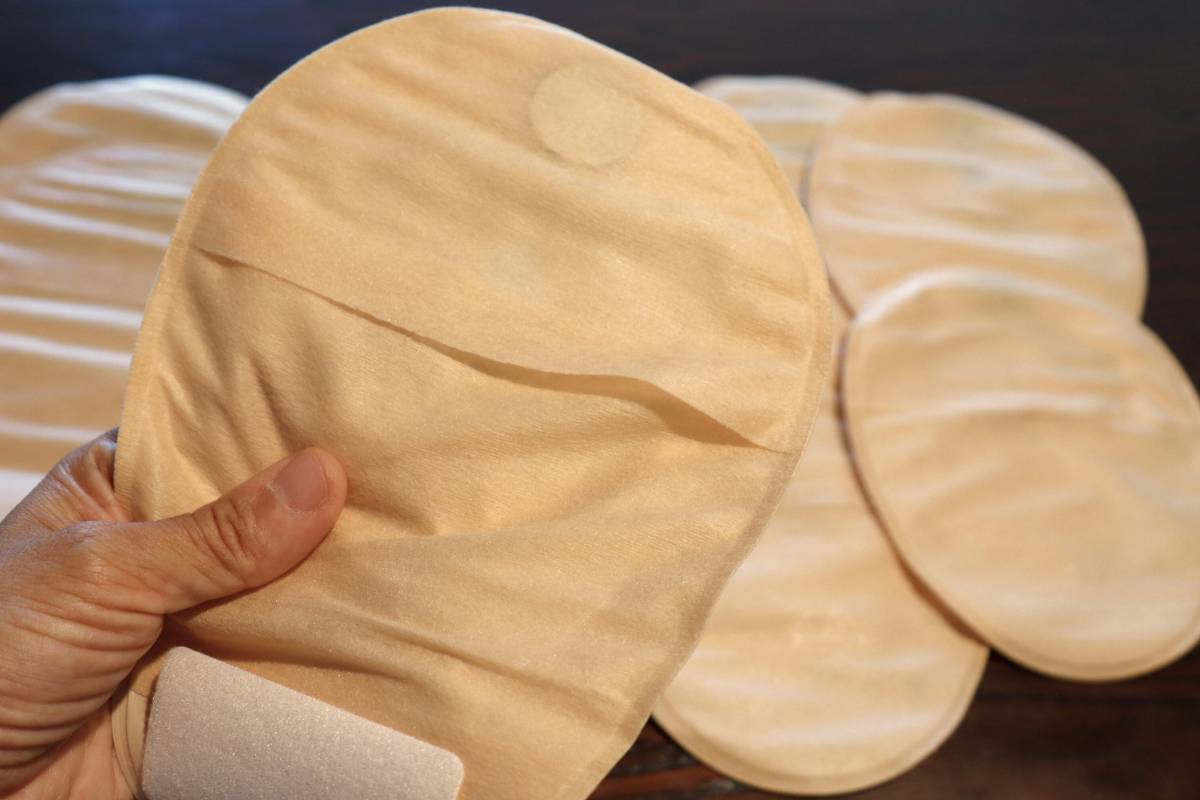If you live with an ostomy, you know that ostomy bag leaks can feel like a nightmare. It’s one of the most common (and dreaded) fears for ostomates, whether you’re newly post-op or years into life with a stoma.
Leaks aren’t just inconvenient, they can undermine your confidence, irritate your skin, and disrupt your social life. But you’re not alone. Leaks happen to nearly everyone at some point, and with the right knowledge and preparation, you can dramatically reduce the risk.
In this comprehensive guide, we’ll break down the common causes of ostomy leaks, share expert-backed prevention strategies, and offer actionable troubleshooting tips to help you live confidently and comfortably.
📌 Tip: Consider bookmarking this post or printing it out for easy reference!

Common Causes of Ostomy Bag Leaks
Before you can fix or prevent leaks, it helps to understand why they happen. Here are some of the most common culprits:
1️⃣ Poor Fit or Sizing
- A pouching system that’s too loose or too tight can cause gaps where output seeps through.
- Stoma shape and size can change over time (especially post-op), so it’s important to remeasure regularly.
2️⃣ Skin Issues
- Moist, irritated, or uneven peristomal skin prevents wafers and barriers from sticking securely.
- Conditions like dermatitis or fungal infections can undermine adhesion.
3️⃣ High Output
- Particularly common with ileostomies. Liquid output can overwhelm barriers more easily.
- Certain foods or medications may increase output volume or looseness.
4️⃣ Physical Activity
- Bending, twisting, or strenuous exercise can stress the seal.
- Abrupt movements may tug the wafer away from the skin.
5️⃣ Appliance Wear Time
- Wearing a pouch too long reduces adhesion strength.
- Changes in temperature, sweat, and humidity can also break down adhesives over time.

How to Choose the Right Appliance
One of the most powerful ways to prevent ostomy leaks is to ensure you’re using the right pouching system for your unique needs.
Consider Your Stoma Type and Output
- Ileostomy vs colostomy vs urostomy systems differ in design.
- High-output stomas may need extended-wear barriers or convex wafers for better security.
Flat vs. Convex
- Convex wafers apply gentle pressure to even out skin folds and improve the seal.
- Flat wafers work better on smooth, even skin surfaces.
Pre-Cut vs. Cut-to-Fit
- Pre-cut is convenient for stable stoma sizes.
- Cut-to-fit options offer better customization if your stoma changes shape.
Brand Differences
- Don’t hesitate to test samples. Major manufacturers (Hollister, Coloplast, Convatec) often provide them free.
📌 Pro Tip: Ask your ostomy nurse (WOCN) for help with selecting the best appliance. Their guidance is invaluable.
Tips for a Better Seal to Prevent Ostomy Bag Leaks
Even with the perfect appliance, technique matters. Here are tried-and-true tips for preventing ostomy leaks:
1️⃣ Clean and Dry the Skin Thoroughly
- Use warm water and a mild, residue-free cleanser.
- Avoid oily soaps or lotions that can prevent adhesion.
2️⃣ Use Barrier Wipes or Sprays
- These create a protective layer to prevent irritation and improve wafer sticking.
3️⃣ Fill in Skin Creases
- Use stoma paste or barrier rings to even out uneven surfaces.
- This is especially useful around hernias or scars.
4️⃣ Warm the Wafer Before Application
- Gently warming the adhesive with your hands or a hair dryer (on low) improves tackiness.
5️⃣ Apply with Firm Pressure
- Press and hold the wafer in place for 30–60 seconds to ensure full contact.
6️⃣ Empty the Bag Often
- Don’t let it get too full or heavy. Extra weight can tug on the seal.
7️⃣ Warm the Wafer with a Hair Dryer
- Gently warming the adhesive side of your wafer with a hair dryer (on low) for a few seconds before applying can improve stickiness.
- You can also warm the outside of the seal right after applying to help everything mold in place.
- Pro Tip: Always keep the dryer on the cool or low setting to avoid burns.
8️⃣ Use Barrier Strips for Extra Security
- Barrier strips or tapes can be applied around the edges of your wafer for added protection.
- They help hold the edges firmly in place and can “contain” small leaks behind the seal, keeping them from reaching your clothes.
- Great for active days, swimming, or anyone worried about leaks during movement or at night.
Dealing with Nighttime Leaks
Nighttime can be one of the riskiest times for leaks because you’re less aware of bag fullness or position changes during sleep. Here’s how to minimize accidents:
Use a Larger Capacity Bag
- Overnight, output can increase, so a larger bag reduces overflow risk.
Empty Before Bed
- Always go to bed with an empty or nearly empty pouch.
Consider Drainable Options
- Easier to empty if you do wake up during the night.
Watch What You Eat at Night
- Avoid foods that dramatically increase output or cause gas before bed.
- Nuts, and harder to break down foods can accelerate leaks, avoid these at night if possible.
Positioning
- Some ostomates find sleeping slightly elevated or on their back reduces pressure on the seal.
Skin Protection and Care
Healthy skin is the foundation of a good seal. Peristomal skin care is often overlooked but crucial.
Preventing Irritation
- Clean gently with warm water.
- Pat dry, don’t rub.
Managing Moisture
- Use powder sparingly to absorb excess moisture if needed.
- Be cautious with barrier creams, they can reduce adhesion if over-applied.
Treating Damage Promptly
- Minor redness? Air it out for a bit before reapplying a wafer.
- Severe rashes or open wounds? Consult your ostomy nurse.
Barrier Rings and Seals
- Help reduce leaks and protect skin from contact with output.
- Especially useful for irregular or retracted stomas.

When to Seek Help from an Ostomy Nurse
If you’re consistently struggling with ostomy bag leaks, don’t suffer in silence. A certified Wound, Ostomy, and Continence Nurse (WOCN) can:
✅ Reassess your stoma and skin health
✅ Recommend new products or brands
✅ Teach better application techniques
✅ Help manage underlying issues like hernias
📌 Tip: Search online for “ostomy nurse near me” or ask your surgeon’s office for a referral.
Reader Stories & Tips
Nothing beats real-life experience! Here are a few quick tips our readers have shared:
💬 “I switched to convex wafers after leaks kept happening. Total game-changer.” – Jamie, colostomate
💬 “Barrier rings fill in the folds around my stoma. I never skip them now.” – Sam, ileostomate
💬 “Empty before bed, always. My worst leaks were at 3 a.m.” – Alex, urostomate
I invite you to share your own leak-prevention tips in the comments to help other readers feel more confident!
Conclusion: Take Control of Ostomy Leaks Today
Leaks are a challenge, but they don’t have to define your experience. By understanding the common causes, choosing the right appliance, practicing good technique, and caring for your skin, you can dramatically reduce leaks and reclaim your confidence.
Don’t be afraid to experiment with new products, talk to an ostomy nurse, or ask questions in support groups. The more you learn, the more in control you’ll feel.
More Helpful Posts
- How to Relieve Gas with an Ostomy
- How to Stay Hydrated with an Ostomy: Tips to Prevent Dehydration
- Foods to Avoid with an Ostomy: Prevent Blockages & Gas
- Intestinal Blockage: Symptoms, Causes, and Treatments
If you found this guide to preventing ostomy bag leaks helpful, please share it with fellow ostomates or leave a comment below with your best tips. Let’s build a stronger, more informed community together.
Don’t forget to subscribe to the free newsletter to get emails sent straight to your inbox so you never miss a post again.
